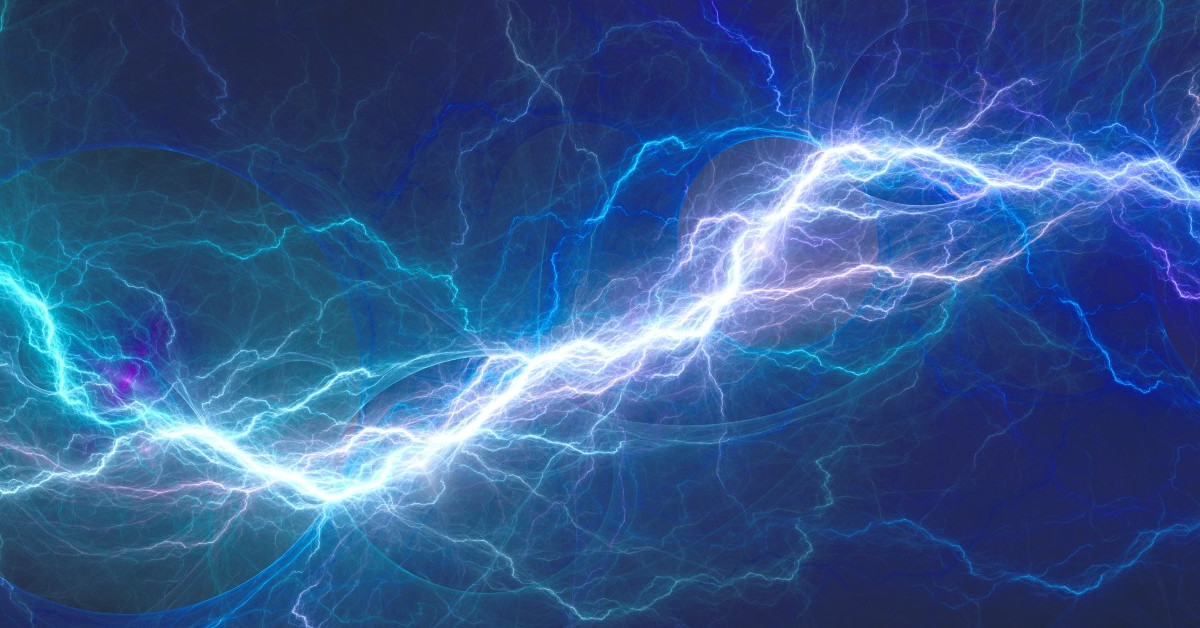A p-n junction is a fundamental building block of modern electronics that allows for the creation of many different electronic devices, such as diodes, transistors, and solar cells. The junction is formed by bringing together a p-type semiconductor material and an n-type semiconductor material, which have different electrical properties due to the presence of impurities.
A semiconductor is a material that has electrical conductivity between that of a conductor and an insulator. In a p-type semiconductor, the material is doped with impurities that have fewer electrons than the semiconductor, creating “holes” in the material that can move through it and are considered to be positive charge carriers. In contrast, an n-type semiconductor has excess electrons, creating negative charge carriers that can move through the material.
When a p-type and n-type semiconductor are brought into contact, the electrons and holes diffuse across the junction and into the other material, creating a region near the interface that has no mobile charge carriers. This region is known as the depletion region, and it acts as a barrier to the flow of current.
The width of the depletion region can be controlled by applying an external electric field across the junction, which can narrow or widen the region. When a forward bias voltage is applied, the depletion region narrows, allowing electrons and holes to combine and create a flow of current through the junction. In contrast, a reverse bias voltage widens the depletion region, blocking the flow of current.
A diode is a device that utilizes the properties of a p-n junction to allow current to flow in one direction and block it in the other direction. A diode consists of a p-n junction with metal contacts on either side. When a forward bias voltage is applied, the diode becomes conductive and allows current to flow. When a reverse bias voltage is applied, the diode is non-conductive and blocks the flow of current.
A transistor is a more complex device that consists of multiple p-n junctions and is used as an amplifier or a switch. It can be thought of as two diodes back to back, with the n-type material forming the base of the transistor. The emitter is the p-type material, and the collector is the n-type material. By controlling the amount of current that flows through the base, the transistor can control the amount of current that flows through the collector, allowing it to amplify or switch electronic signals.
In a solar cell, a p-n junction is used to convert light energy into electrical energy. When light hits the p-n junction, it causes the electrons in the n-type material to become excited and move into the p-type material, where they create a flow of current. The resulting electrical energy can be used to power devices.
A p-n junction is a basic building block of modern electronics that allows for the creation of many different devices. We have articles explaining the various different semiconductors, check them out!

Leave a Reply